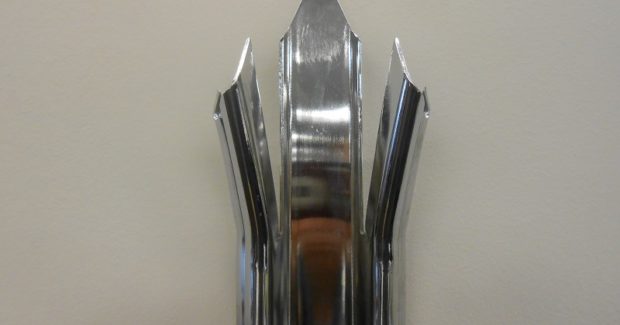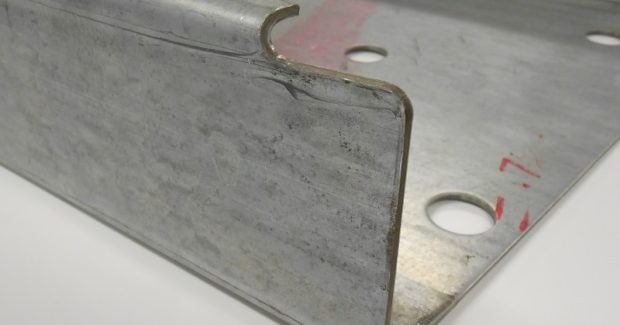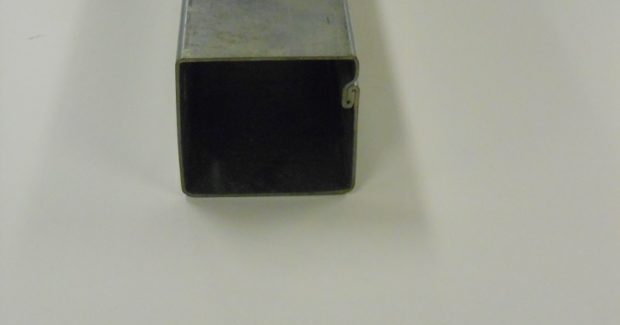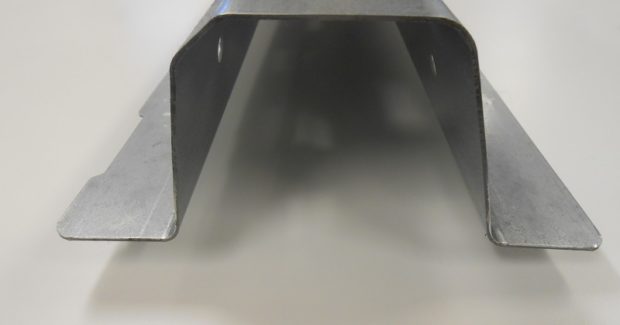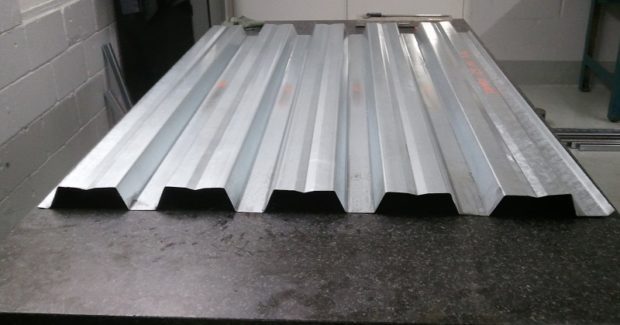How to Choose for Your Roll Former: Pre-Cut Vs. Post-Cut
Sometimes it’s equally as important to know what not to do as it is to know what to do. When it comes to investing in roll forming equipment and accessories, quality roll tooling designers must consider the possibilities for each customer.
Posted: April 19, 2017
Any investment can cause a business owner to lose some sleep. When it comes to investing in roll forming equipment and accessories, let the designer do the worrying. The Pre-Cut vs. Post-Cut dilemma keeps roll tooling designers up at night and it’s not always a technical issue. Decisions get more complicated when the equipment dictates the cut-off method and financial considerations surely enter into the equation. Some shapes, such as seam-welded closed parts or lock seam tubes, perform a lot better when post-cut to suit the accompanying technology required to achieve those results. Deep roof deck profiles should be post-cut to avoid “spring back” or flare inherent in deep profiles. Automotive parts, due to their tight tolerance requirements formed with high-strength steels, are almost exclusively run in a post-cut manner . . . that may say everything about the dilemma.
Interestingly, however, metal wall panels and roofing can be produced with either method. This allows for personal user preference when designing the roll former. Many other products can also be produced successfully utilizing either technology, so personal preference, floor space and/or employee skill level helps determine the design. Sometimes it’s equally as important to know what not to do as it is to know what to do.
I specifically recall two instances where tough scenarios turned into successful lessons learned: Under customer pressure, we tried running a lock seam product pre-cut . . . remember, you have to catch that point of connection on every piece at speed. A slight change in gauge and material properties changes the equation dramatically. The idea of attempting to make that lock still pains me. In another instance, we attempted to induction-weld on a pre-cut strip. This requires forging the slit ends together to produce a successful weld immediately. Of course, the weld could not take effect immediately, so we ended up having an unwelded portion on each end. The saving grace and commonality in each of these projects was the decision to go to a continuous strip and post-cut. Lessons learned and dollars saved! Let’s take a look at weighing the differences between pre-cut and post-cut operations.
PRE-CUT PROS
- Eliminates expensive cut-off dies and their maintenance.
- Buff-free ends.
- Simple, low maintenance pre-cut shear.
- Ability to hand-feed strips or sheets for low volume production.
- In roofing and wall panel products, pre-cut avoids cut-off distortion because running different gauges and yield with the same roll tooling affects the final shape, which may not match the blade even though it is within tolerances.
PRE-CUT CONS
- Possibility of increased end flare, especially in deeper parts.
- Higher strength steels present a larger challenge.
- Requires more forming stations, making the roll former and tooling more expensive.
- Generally requires more floor space.
- Shorter parts are more of a challenge and can introduce part quality issues.
- Difficult multi-bend parts can be a problem in terms of quality.
- Pre-cut may require intermediate guides, especially when running short pieces. Adjusting these guides becomes problematic with multiple-width guides.
POST-CUT PROS
- Production rate is higher with post-cut.
- Better part control in terms of quality.
- Reduces end flare considerably. End flare can be controlled.
- Better results for high-strength steels, such as dual phase and martensitic steels.
- Lengths as short as 2 in to 3 in can be produced.
- End straighteners are most effective in post-cut, controlling bow, camber and twist.
- No leading edge deformation of the part in post-cut.
- Better roll life in post-cut when running heavy gauge and high-strength material because the leading edge in pre-cut hits the rolls with every part.
- Friendlier to material deviation in terms of gauge and hardness.
- Ability to provide punching/notching during the cut-off operation, possibly eliminating one or more secondary operations.
POST-CUT CONS
- Expensive cut-off press and die.
- Maintenance costs, especially for the cut-off die.
- End burr resulting in rough end.
- Distortion on product end.
- May require manual feeding of leading end of first part upon introduction of a new coil.
- In many cases, all surfaces must be supported in order to avoid end distortion. This is not always possible due to inability to build robust die sections into the die OR the need to leave an opening in a practically close space.
Before investing in roll forming equipment, shops should select a manufacturer that can provide them with leading edge designs and cost-effective solutions to satisfy any of their metal roll forming project needs. For questions on any metal bending or roll forming dilemmas, please feel free to email me.

